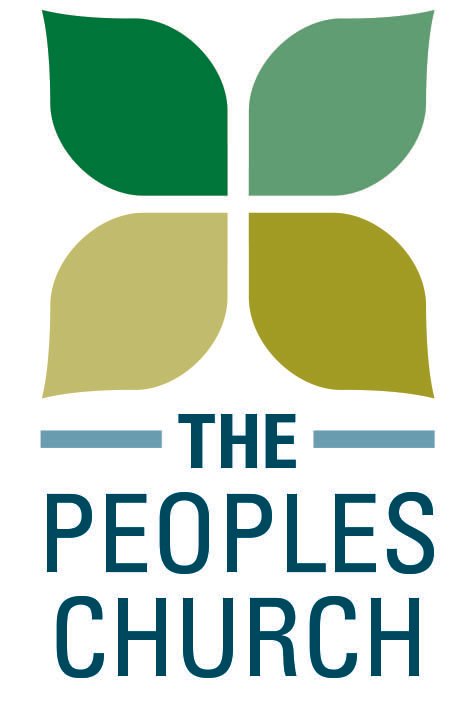From Our Associate Pastor: Know Your Audience
As a former journalist and a pastor, I’ve spent a great deal of my working life thinking about the art of communication. The who, the what, the when, the where. How people take in and process information. Over the years, there’s been a couple rules of communication that really stick out to me. One of the most important rules I’ve learned when it comes to communication is the adage: Know your audience.
Knowing your audience means that if you want to get an idea across, if you want to get information out to a certain group of people, you have to understand them. You have to understand what their concerns are, where they live, what they do for work, how they spend their free time. On the flip side, in order to best understand a piece of communication, a person needs to consider who the intended audience is.
Knowing the audience was something that Jesus did extremely well. Jesus was an excellent communicator who knew who he was speaking to, knew what they needed most to hear. In order to really understand Jesus, we have to not only pay attention to his words. It’s not just what Jesus is saying, it also matters greatly who Jesus is speaking to. The who, what and where matters. And this is especially true of the gospels.
Take, for example, the sermon on the mount. Matthew’s gospel tells us that a large crowd of people come from all over to hear what Jesus has to say. The last verses of chapter 4 of Matthew say this: “Jesus’ fame spread throughout all Syria, and they brought to him all the sick, those who were afflicted with various diseases and pains, and he cured them.”
This is the audience for the sermon on the mount. And in order to best understand the sermon on the mount, we have to keep this audience in mind. We have to remember that Jesus looked out over a group of people full of pain and longing and told them that the merciful and meek and poor are blessed. He told them that they were the salt of the earth. They were the light of the word, destined to shine.
The sermon on the mount reminds us that God’s love and mercy is countercultural and astonishing because it gives hope to the hopeless. The pastor Barbara Brown Taylor suggests that the most important thing to do with this sermon on the mount is allow it to turn your world upside down, so that you can’t see the world in the same way again, so that you can’t be sure anymore who are the winners and who are the losers. Upside down, we find the blessed in the places we’d least expect.
Upside down, we see that the poor in spirit, the meek and those who mourn are not just people who need help. But, quite to the contrary, they become people to emulate, because they best embody God’s vision for the Kingdom. They became Jesus’ target audience. If we allow the sermon on the mount to turn our world upside down, we realize that Jesus’ audience’s hunger and thirst for God are appetites to be envied.
If we allow the sermon on the mount to turn our world upside down, we just might catch a glimpse of heaven.
Yours in Christ, Rev. Haley Hansen


